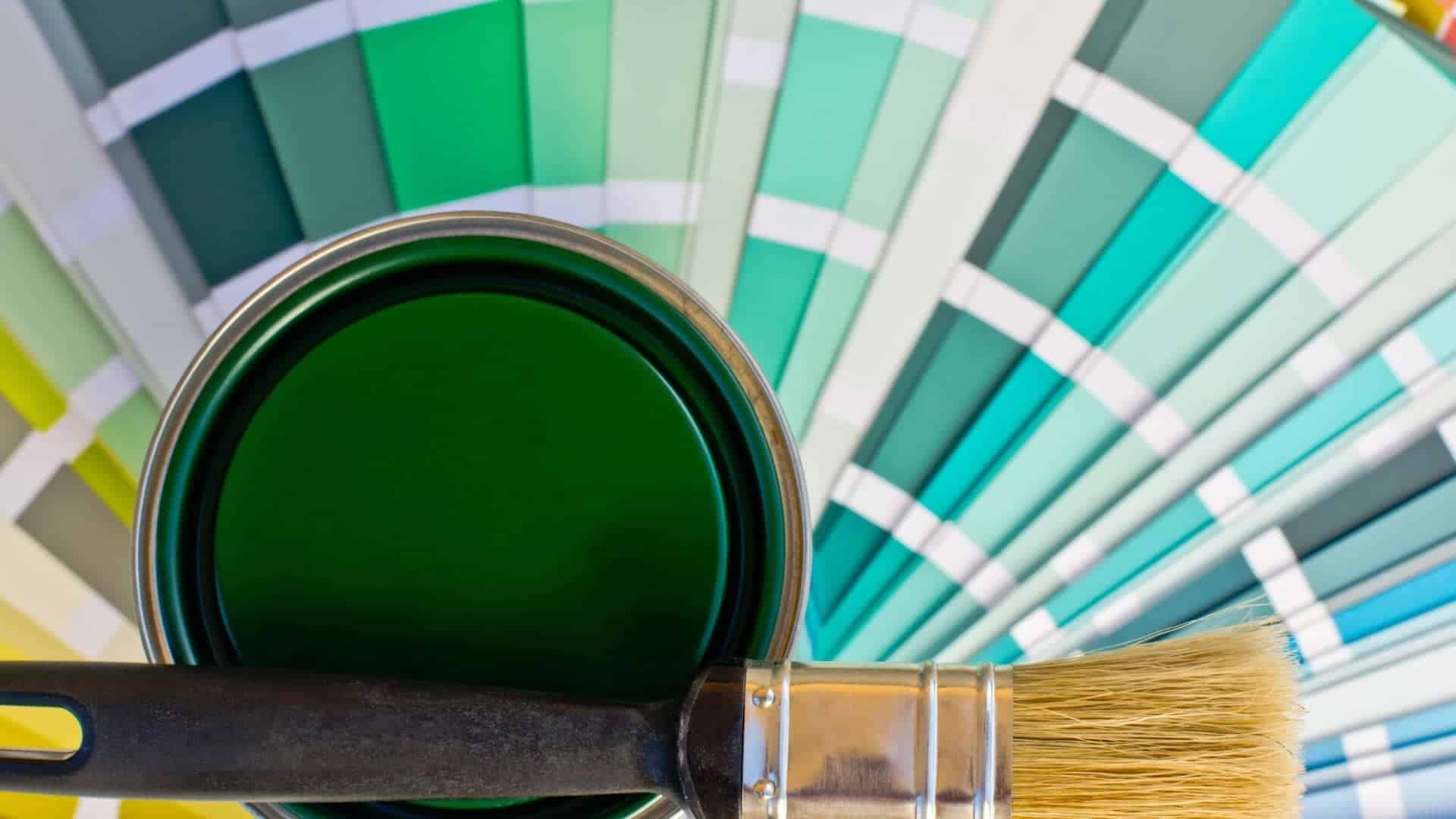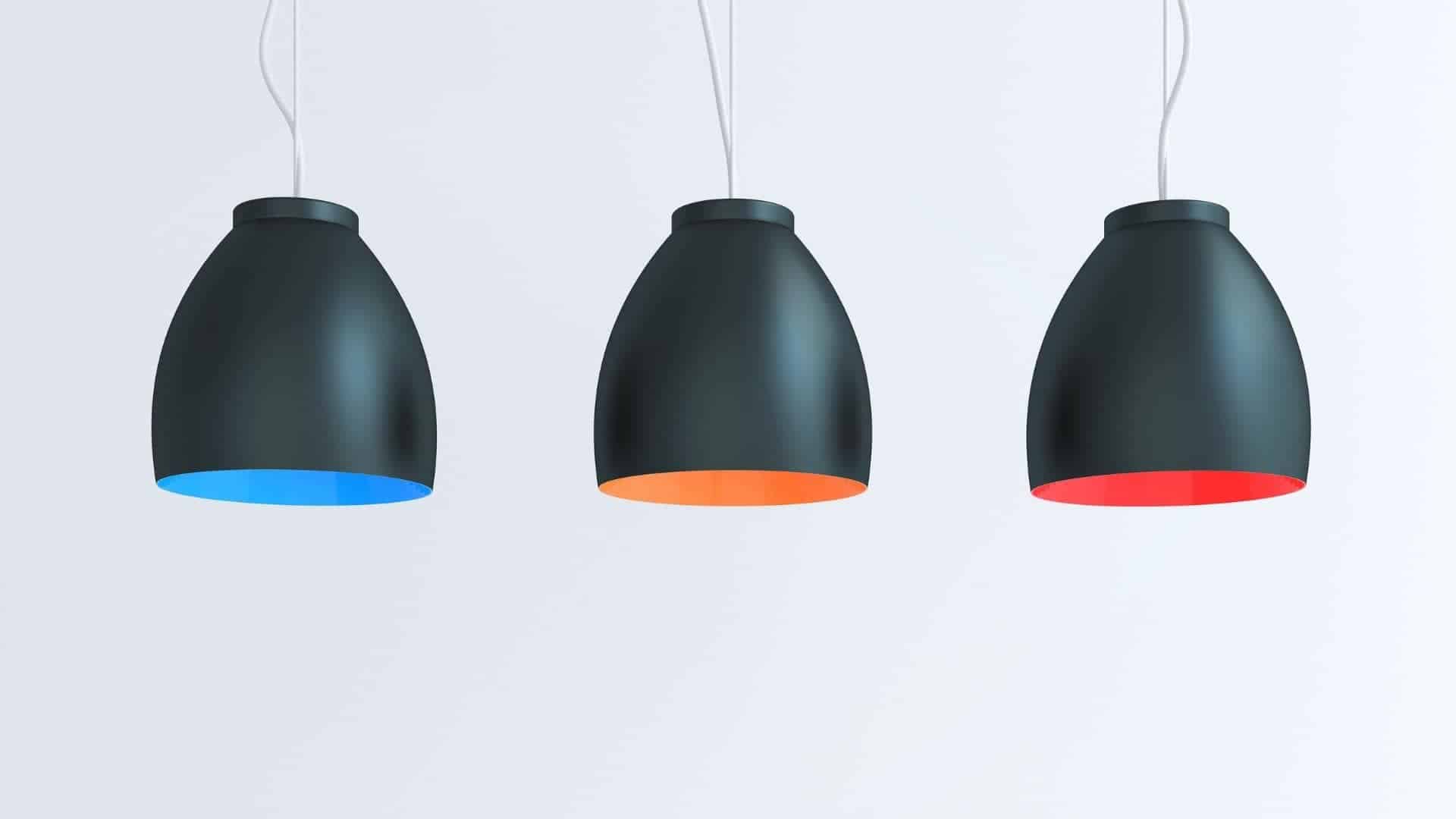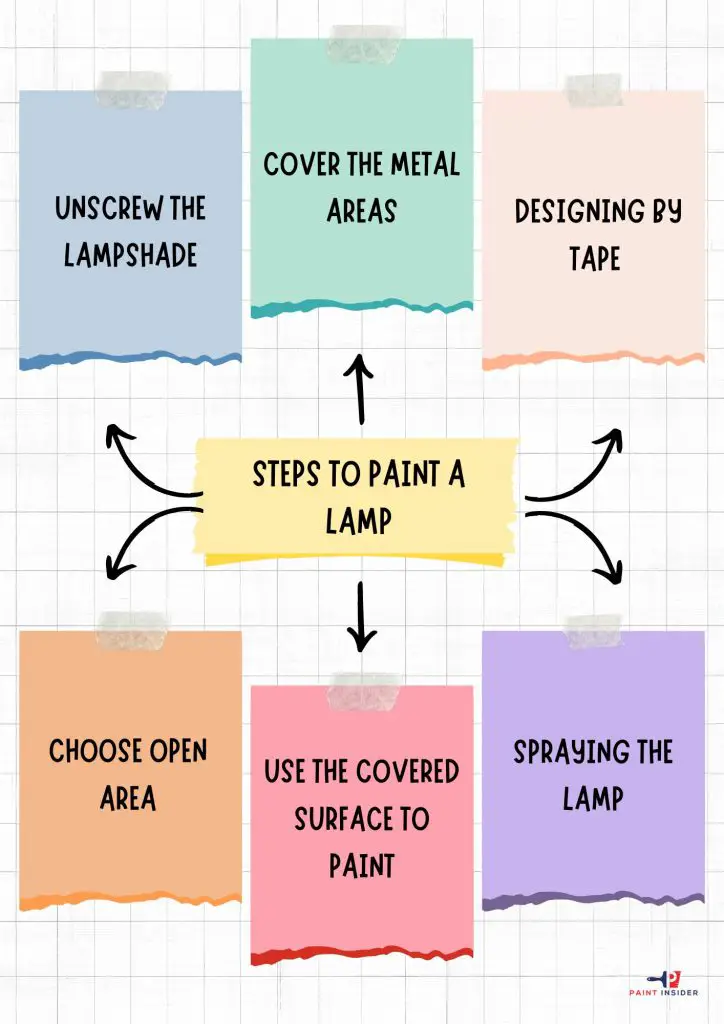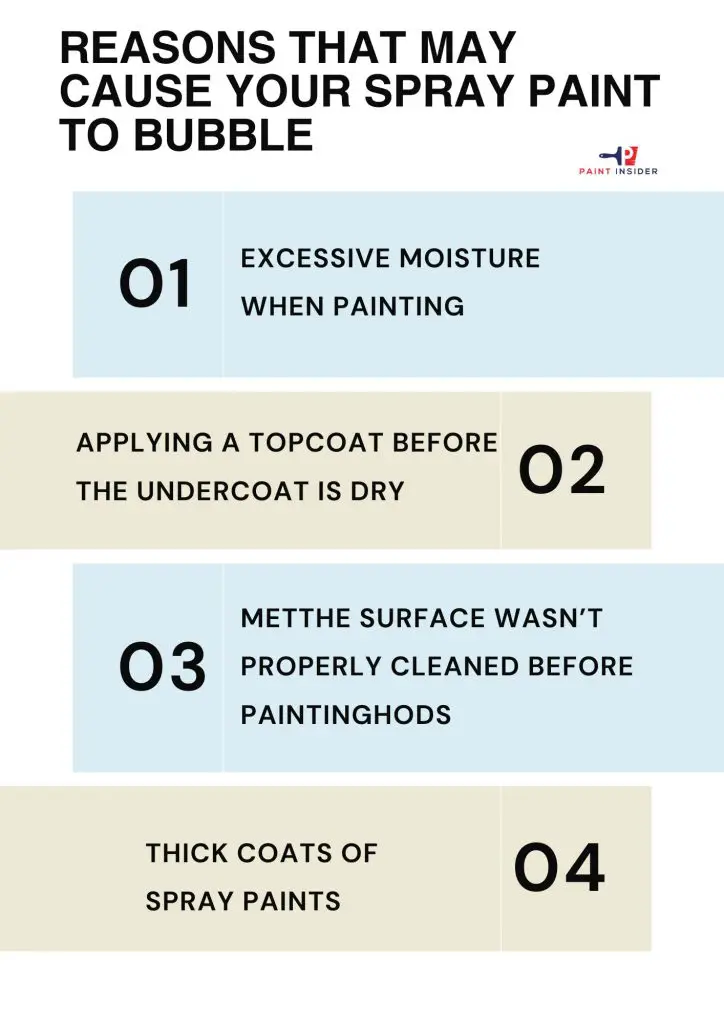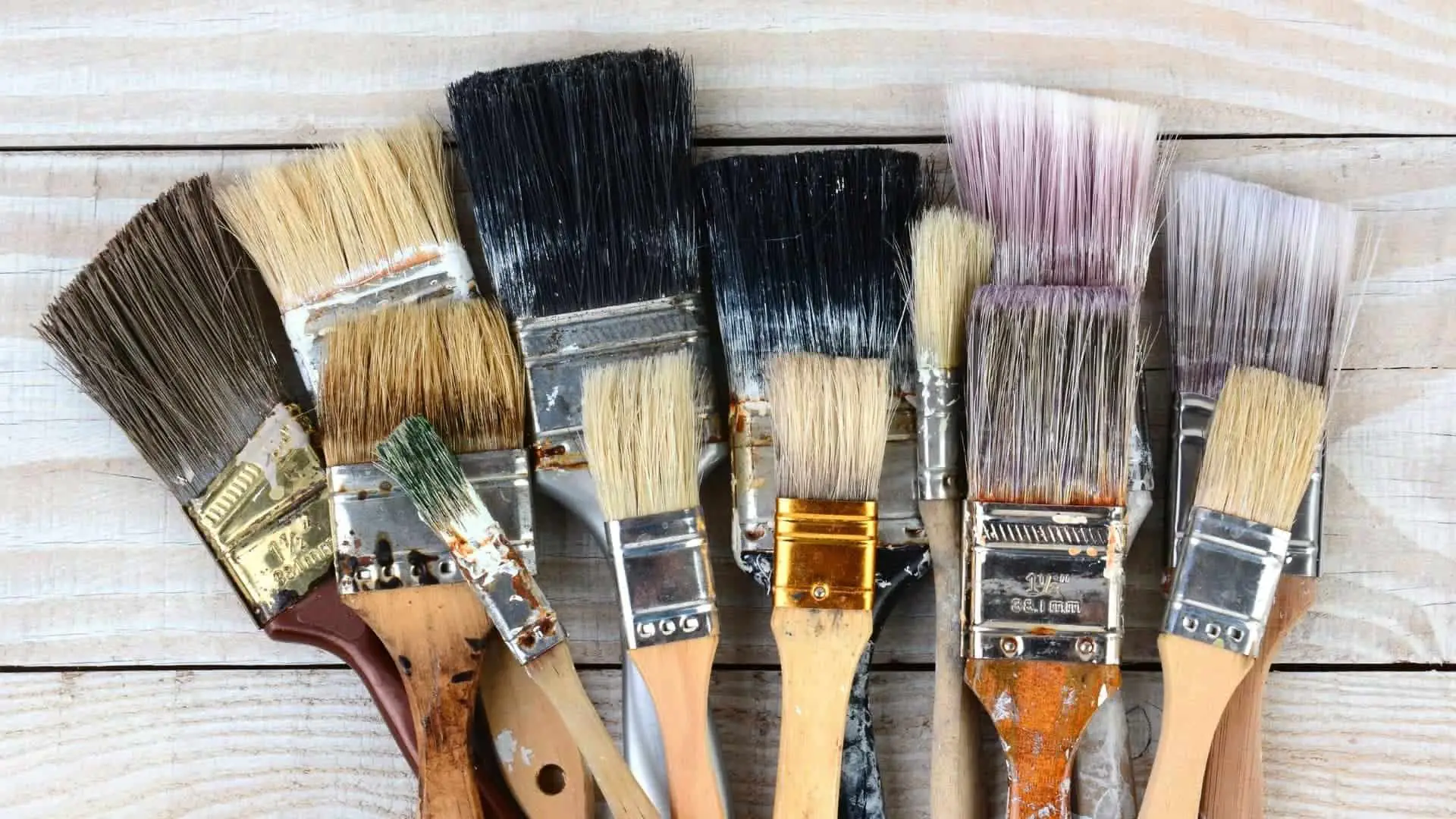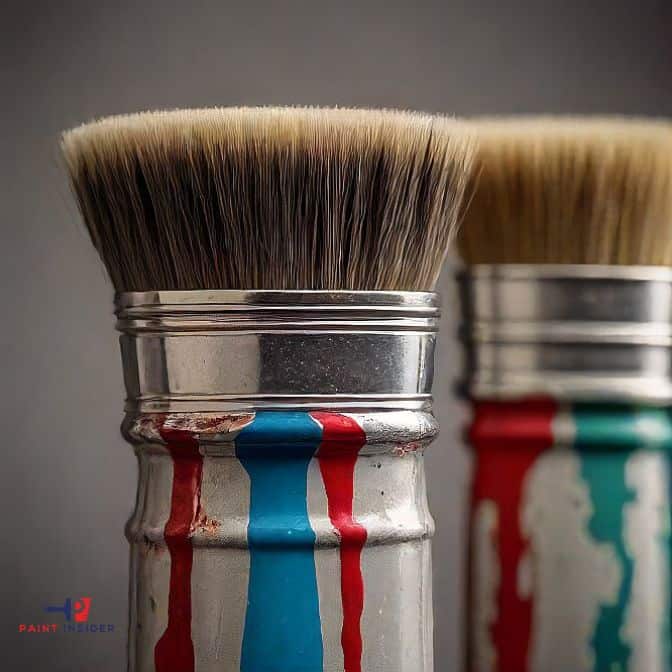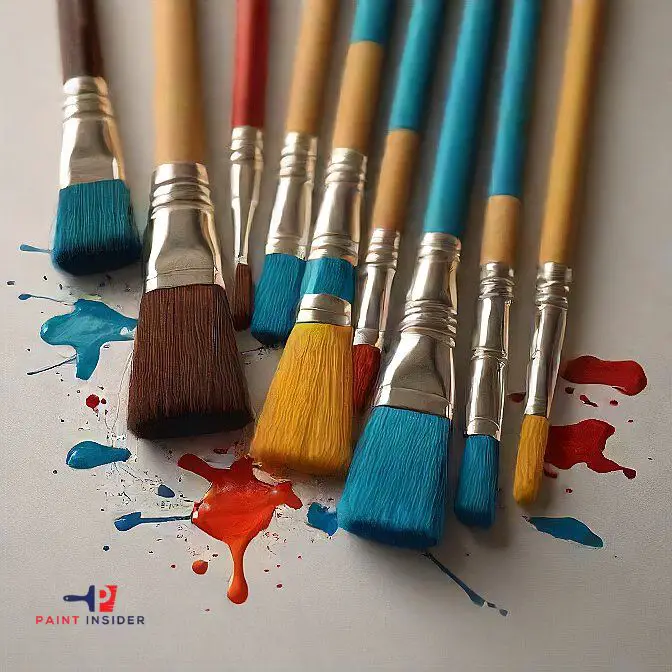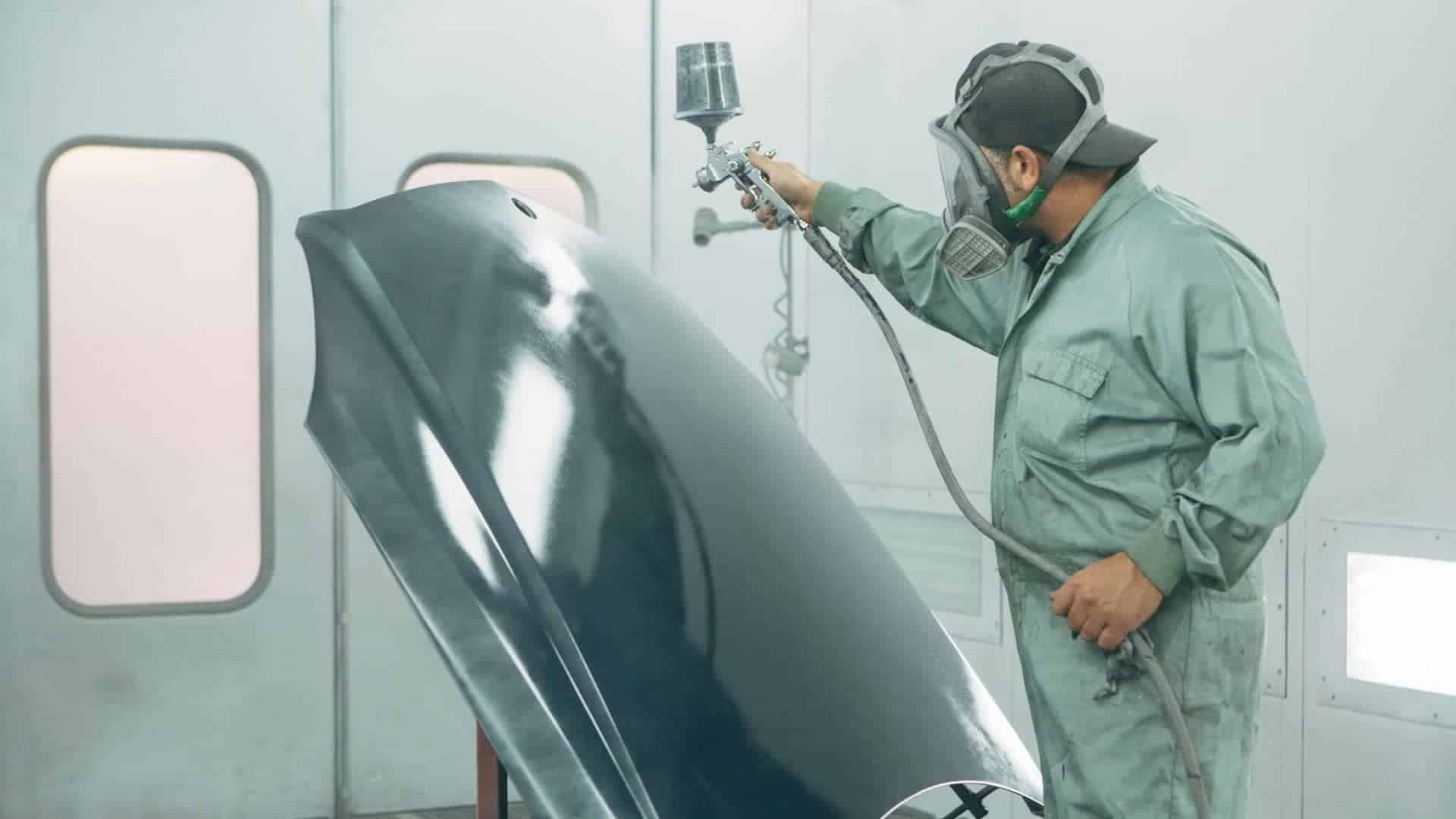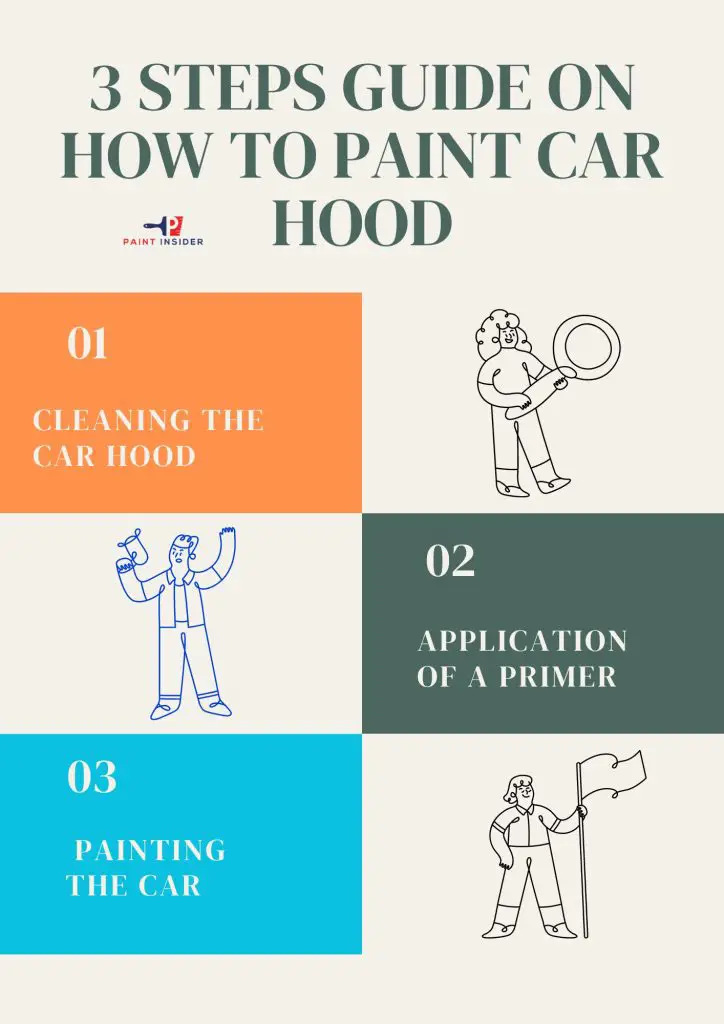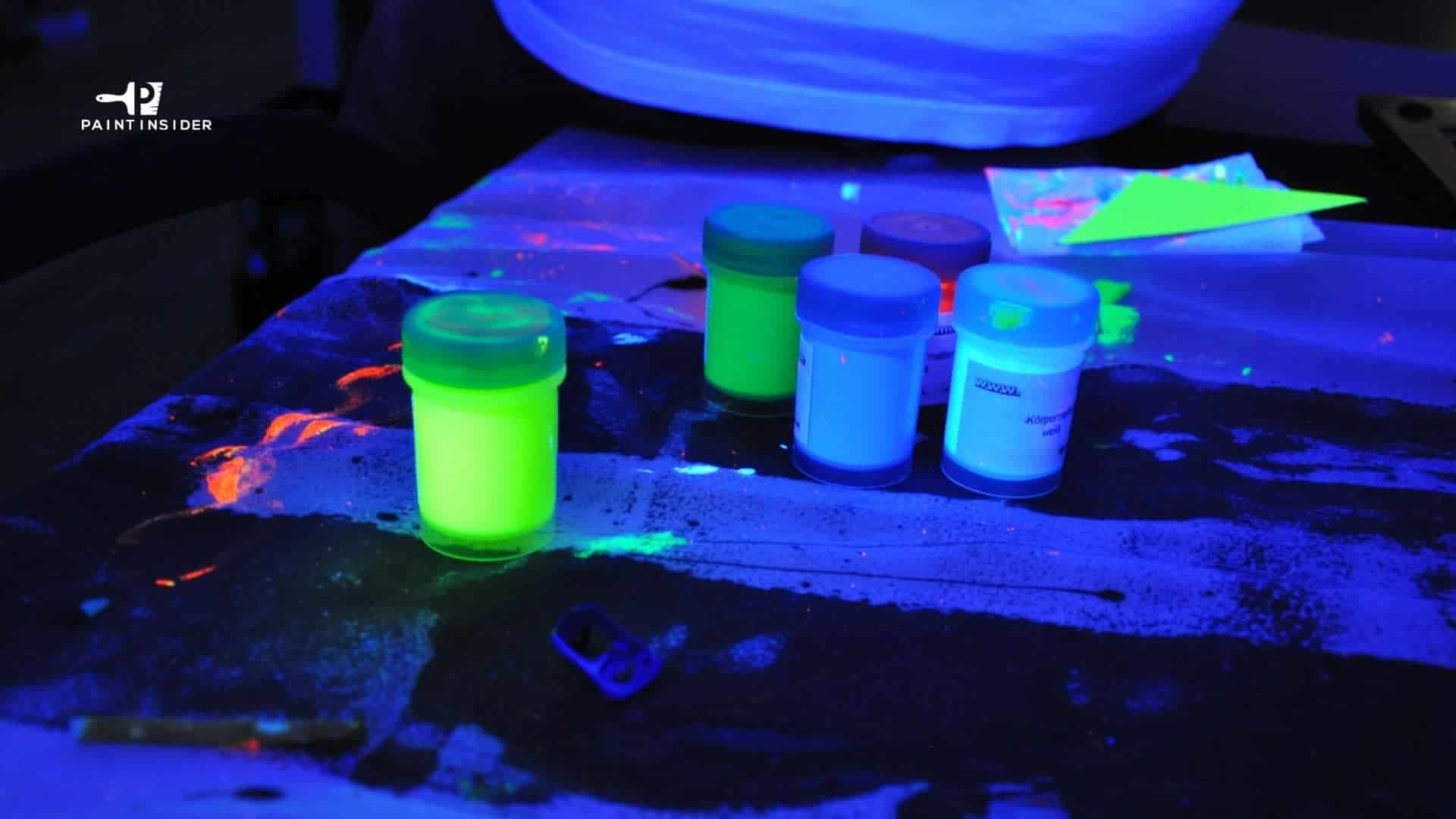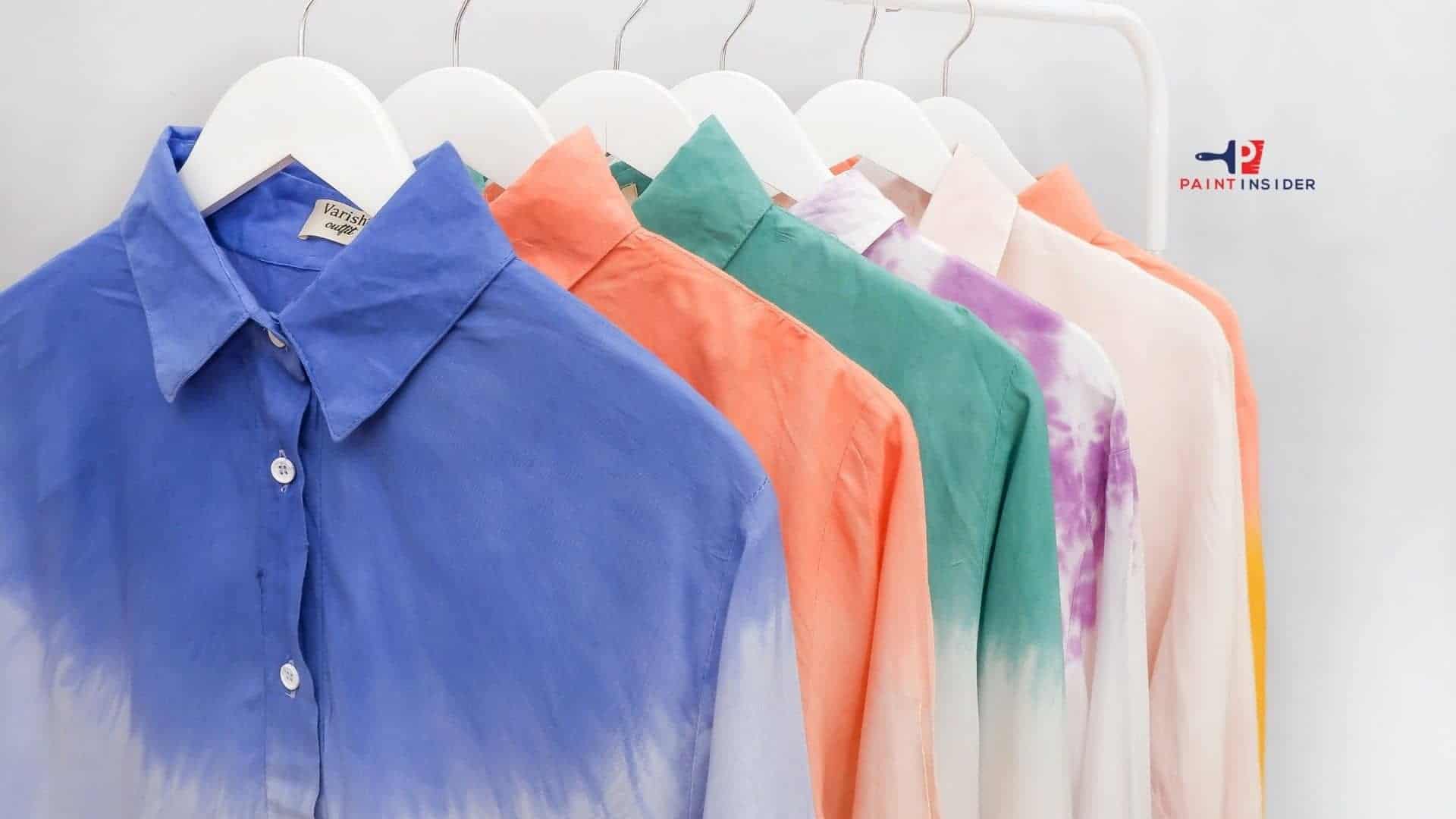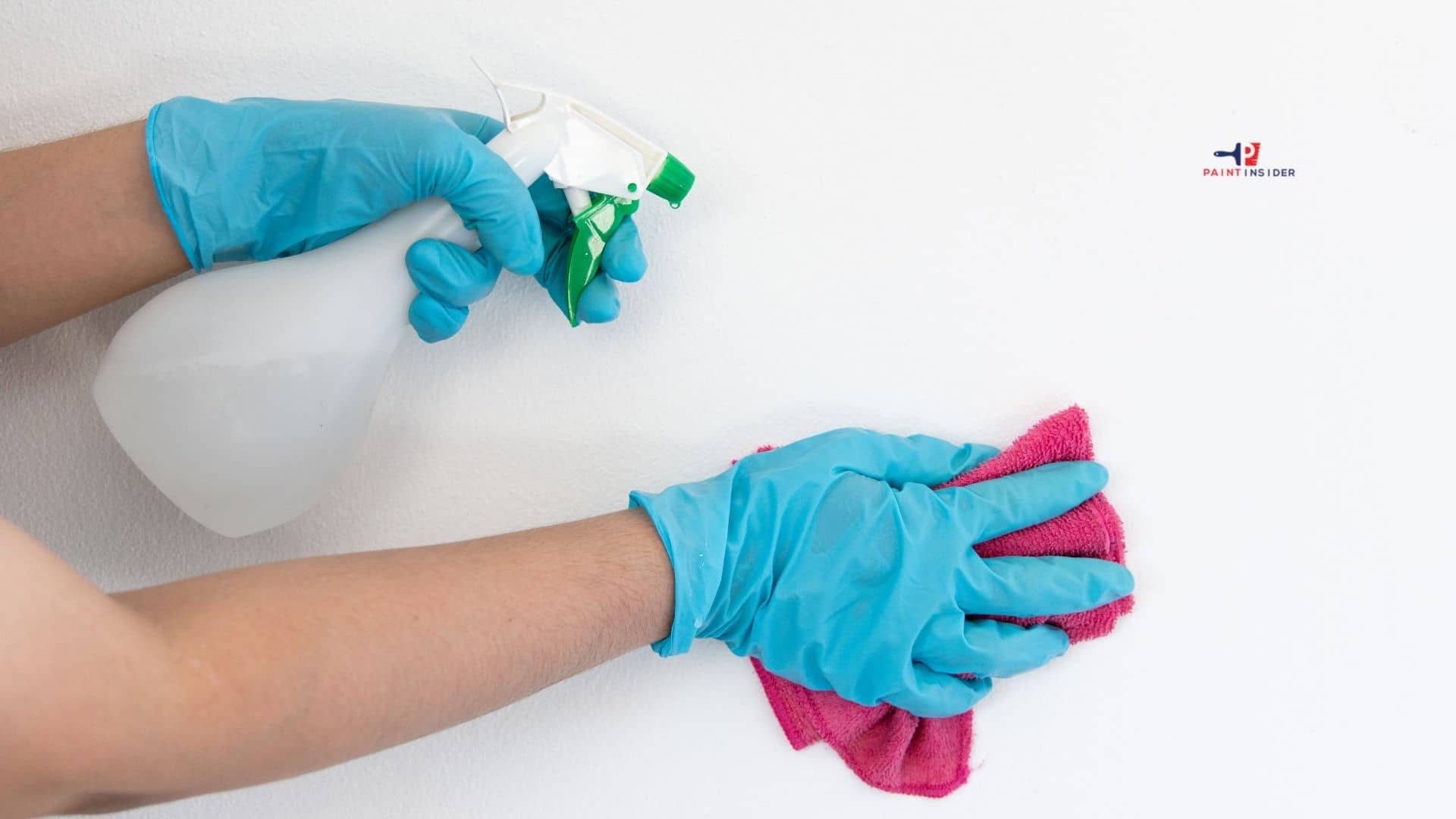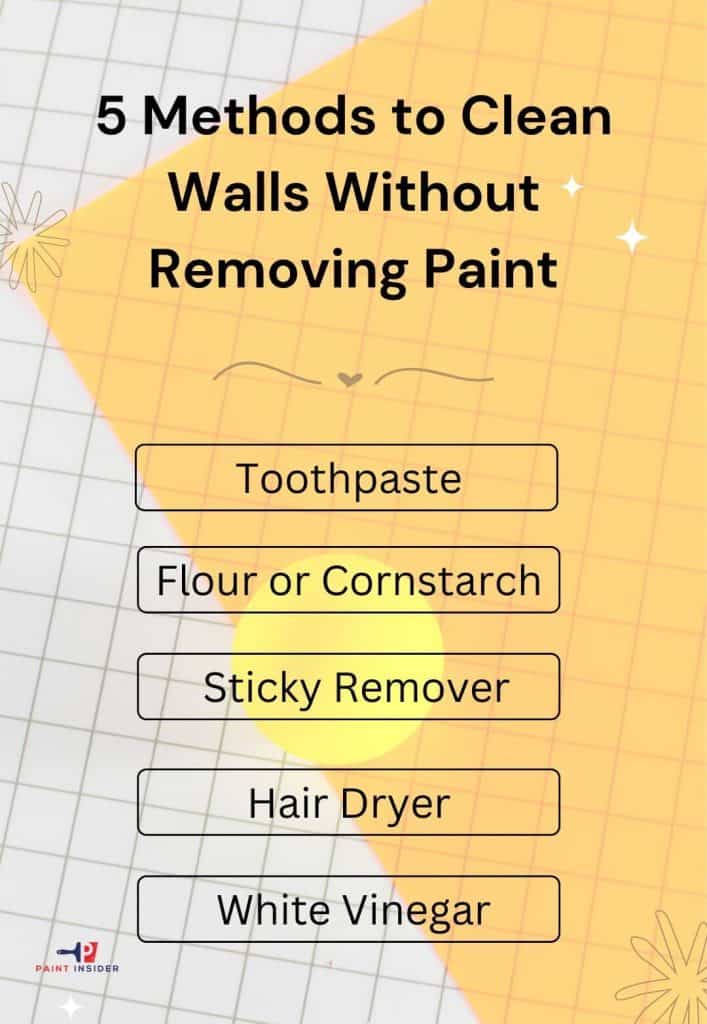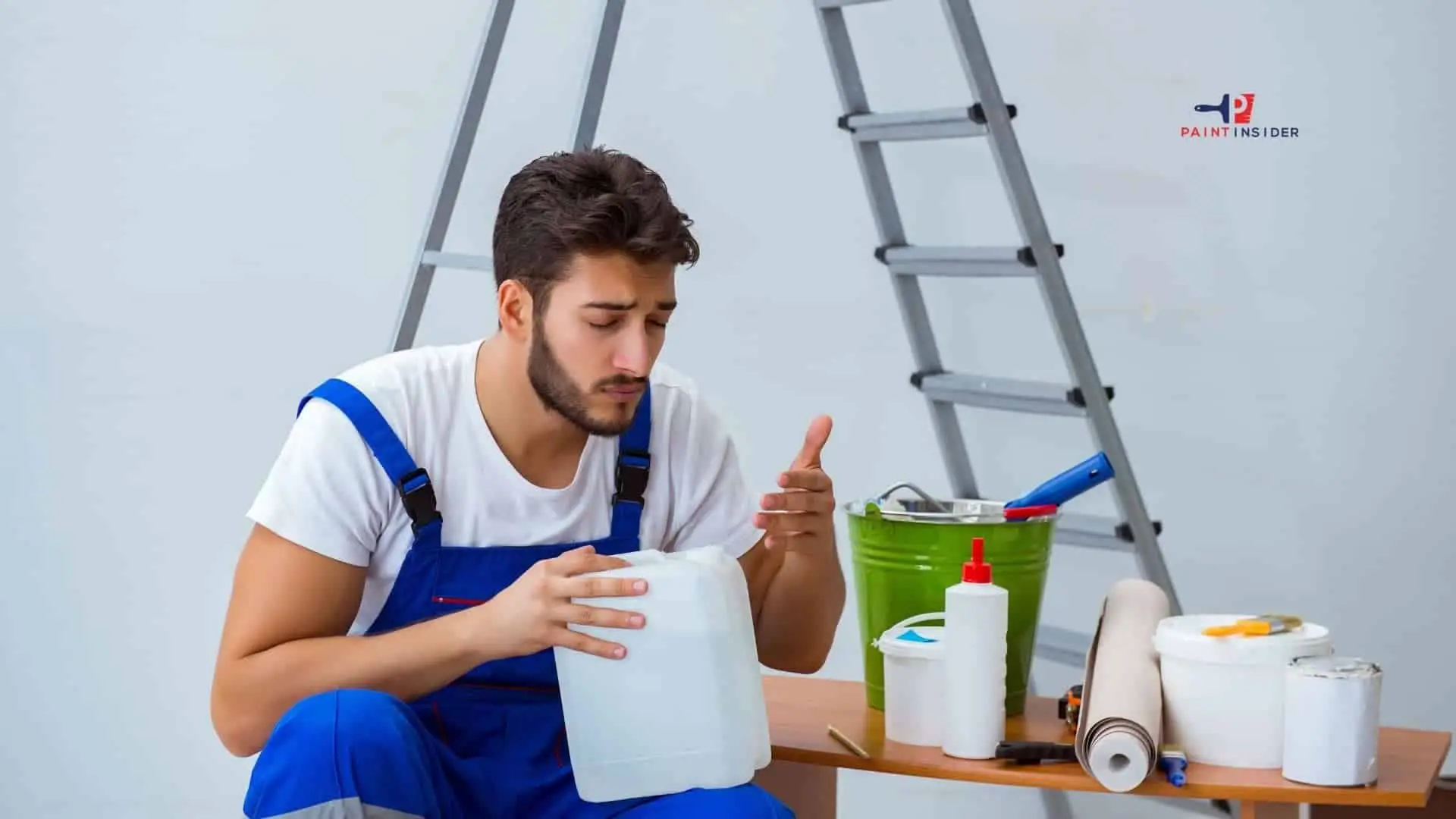It isn’t very clear which method is perfect for making green paint. It’s a challenging task to get the pure green color. People use different techniques for it but mostly can’t distinguish between different green shades.
Let’s understand this with a simple example from daily life. If you are to look out at green fields, it’s not complex for you to determine that the whole field is just green. It’s too easy to deal with one color compared to one different color that has to be confronted instantly.
In this article, you will get a precise method for green color by mixing different colors to get a superb result with your creativity. In detail, let’s see how two colors can mix to form a single color that appears green in reality.
Introduction: Understanding Green Paint Creation
Making green paint combines science and art using natural pigments and new techniques. While some think mixing blue and yellow makes green, color theory shows there’s more to it. Factors like pigment quality, transparency, and hue are important for the right shade. Knowing these can enhance your painting from simple mixing to understanding light and pigment.
Sustainability is also important in making green paints today. Many modern methods use eco-friendly materials from plants or minerals, lowering the use of harmful synthetic substances. Learning to make green paint with organic options like spinach for greens or charcoal for darker shades allows artists to adopt a more eco-friendly approach while connecting with historical art practices that use natural resources. This knowledge encourages new artists to experiment mindfully and build stronger connections with their art.
Which two colors make green paint?
We all know that green is considered a secondary color (those colors formed by the combination of primary colors). Primary colors exist on their own and can’t be formed. So, for creating green colors, you have to use primary colors. Take 50% of blue and 50% of yellow color as constituents.
Let’s see in the diagram how blue and yellow merge to form green paint.
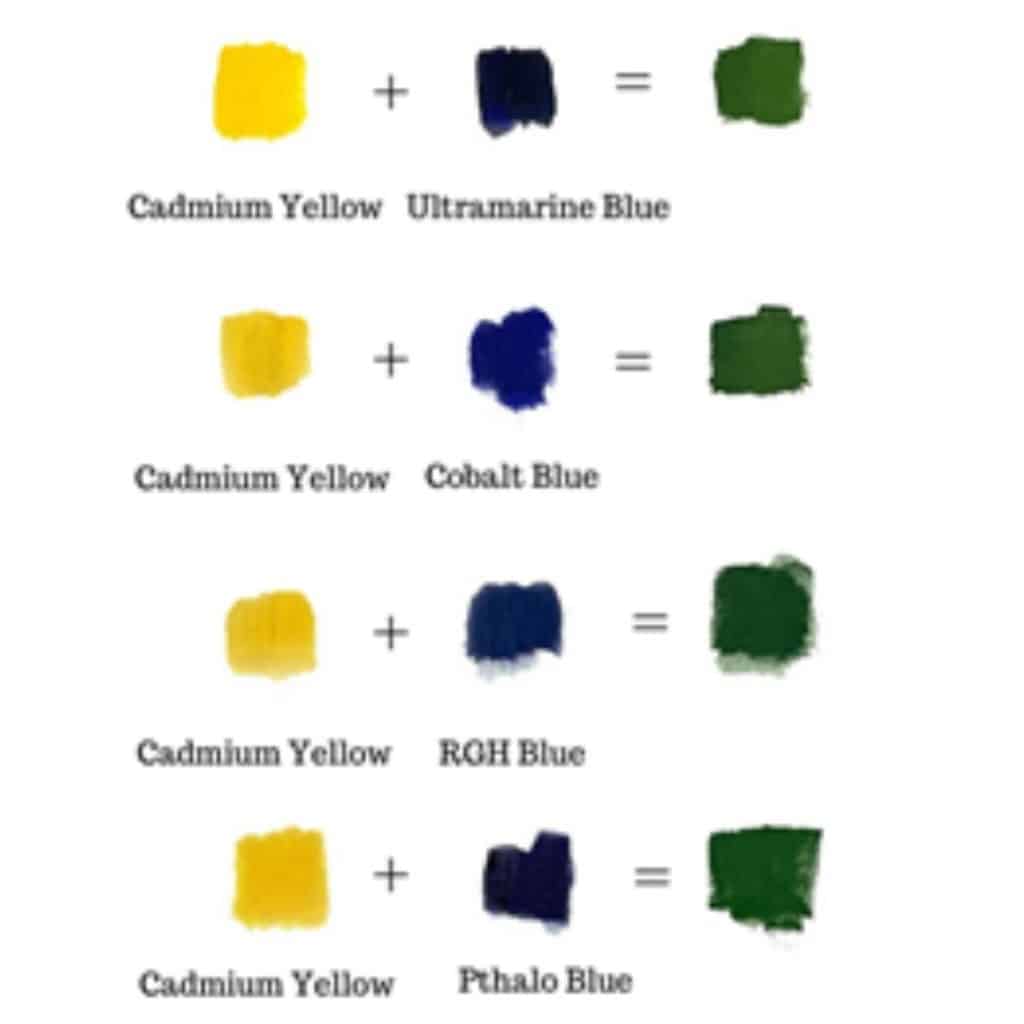
In the above diagram, we can see that blue has different shades in all reactions while the shade of yellow color is the same in all reactions. We can feel that although the rule for making green color by merging blue and yellow is too simple, there are various methods for merging yellow and blue colors. There are various methods by which you can mix yellow and blue to form green colors paint because yellow and green both have more than one shade.
Let’s see the shades of blue that were used above for merging with yellow:
- Ultramarine blue: the deep blue color that was created by crushing lapis lazuli.
- Cobalt blue: the pigment contains cobalt.
- RGH blue: the unique shade of blue.
- Phthalo blue: the brilliant blue color that is used in paints and dyes.
Different colors can create various shades of blue when mixed with cadmium yellow. To get different shades, you can use various yellows because both yellow and blue are important in the mixing process. If you just want a basic green, any yellow and blue will work.
Creating new colors is fun, especially if you want to be more creative. If you want a muted green, you need to understand how to mute colors, mainly by using complementary colors like red.
To make muted green, use any red. There are many red shades for this purpose, with cadmium red being good, but Alizarin crimson is often better for muting green. Burnt sienna is also a good option for more muted greens.
To improve as a painter or creator, learn about color mixing. Spend time studying the artist’s color wheel, which can help you enhance your skills.
Which colors make light green paint?
Do you want to become professional in color mixing, or you’re compelled to know this because it’s needed in the complex process you have to do? The most basic thing that you must know to become professional in color mixing is to know how you can merge lighter shades when it’s essential to do it. Here you have to know how to make the light green color. To not get into complexity, use white color for it. White is the lightest color and has no hue. It gains the capability of reducing the sharpness of color.
Also, merging green with white color is the easiest and most commonly used process for making the green color lighter. Mixing green with white is probably the easiest and most commonly thought of what two colors make green lighter.
You’re not restricted to lightening your color with white color. If you love creativity and want to get into the complexity, then there are other methods available. If you remember that yellow color is important in the formation of green color, then you will be excited to know that you can also use yellow color for lighting the green color paint.
It’s time to be creative and smart by using amazing tips. We hope that these will help you in how to make green paint. So try the above methods now and form green paints. You will be inspired by the products but must consider the quantity of each color because it will decide the darkness and lightness of your color.
Adjusting Shades: Light to Dark Greens
Adjusting shades of green from light to dark can transform a space or artwork, introducing depth and mood. To create lighter greens, start with a base of yellow, mixing in small amounts of blue until you achieve the desired hue. The key is moderation, gradually adding more blue will allow you to maintain control over the shade while preventing it from becoming too muted. For an even fresher take, consider using varying amounts of white for your lighter tones this adds brightness without washing out the vibrancy.
Conversely, moving towards darker greens often involves incorporating deeper hues like black or brown into your original mix. Introducing just a touch can create lush forest shades that evoke nature’s tranquility or richness reminiscent of olive and moss. Experimentation here is essential; blending complementary colors such as red can also produce unique variations that dance between warm and cool undertones. Keep always in mind that while adjusting these colors whether lightening up for airy vibes or darkening down for cozy enclaves the balance lies not only in ratios but also in how these shades interact with surrounding elements.
Common Mistakes to Avoid When Mixing
One of the most common mistakes when mixing colors, particularly for achieving vibrant shades like green, is not considering the color wheel. Mixing yellow and blue should logically yield a bright green; however, the proportions are key. A heavy hand with blue can lead to an overly dark result that lacks liveliness. Instead, start small mix equal parts, and adjust gradually to maintain brightness while exploring varying hues.
Another pitfall is using colors that are too strong or saturated right off the bat. Beginners often underestimate how dominant certain shades can be; adding a drop of black or gray can provide balance without overpowering the desired outcome. It’s important to mix in a separate container first before committing to your main paint batch this practice not only saves materials but also allows for easier adjustments as you discover unique tones along your journey on how to make green paint!
Conclusion: Mastering Your Own Green Paint
Making your own green paint boosts creativity in your art or home projects. By mixing primary colors, you create unique shades and learn about color theory. This skill can make your artwork more meaningful and allow for true self-expression.
Additionally, creating green paint can be eco-friendly. You choose the ingredients and can use natural pigments from plants or minerals, supporting sustainable crafting. Keep a color journal to track your mixtures for future reference and inspiration. Mastering green paint enhances your artistic skills and promotes eco-conscious practices that celebrate creativity.

